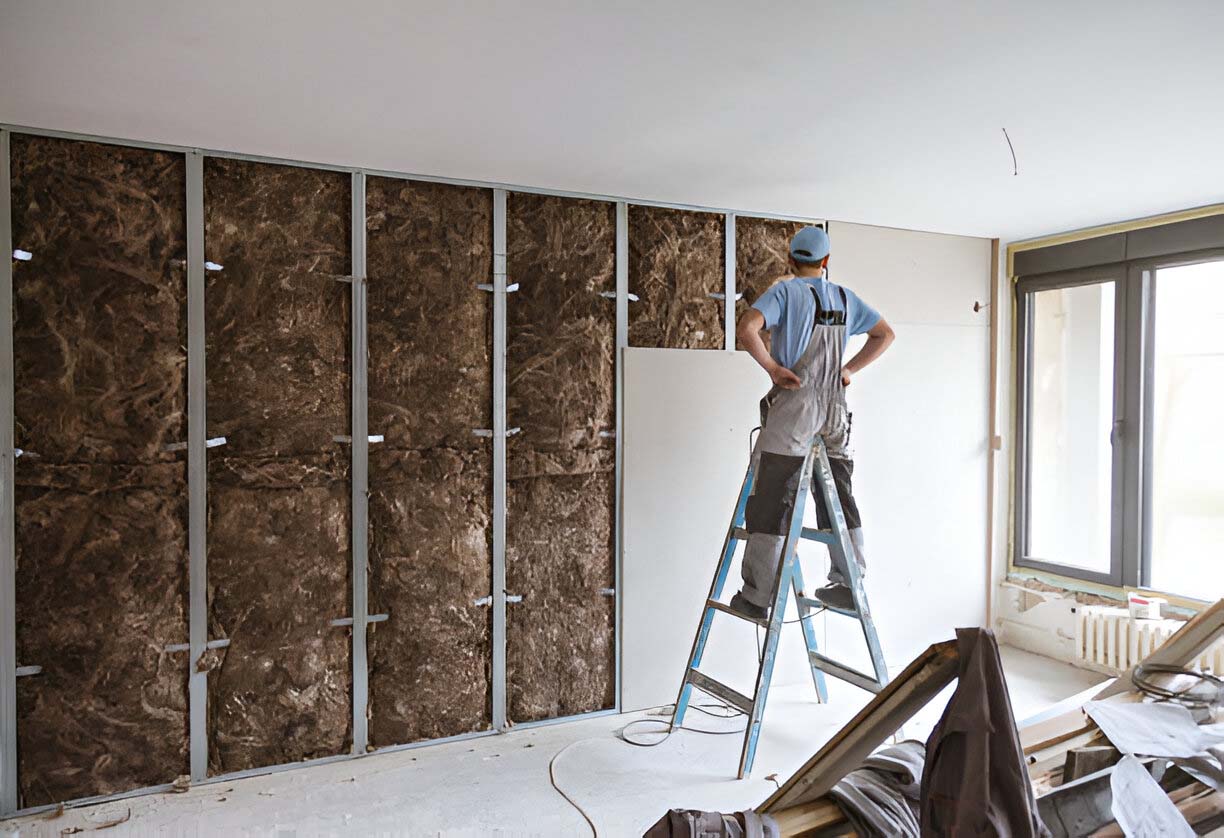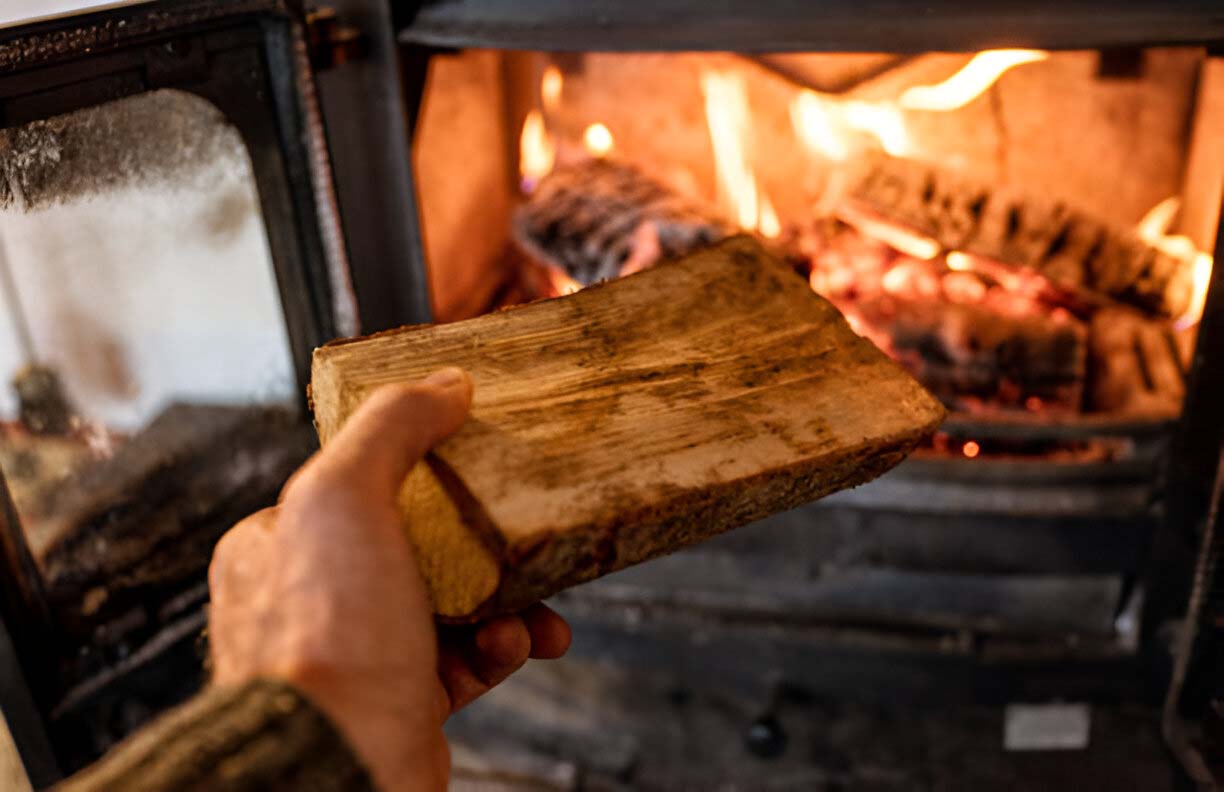A cozy and inviting home is not a luxury; it’s essential for feeling comfortable and content, especially when the weather turns chilly. This handbook offers advice and solutions to ensure your home remains warm and welcoming all year long.

Checking Your Home’s Insulation
Having insulation is key to maintaining a warm home. Without it, warmth escapes, leading to higher energy costs and an unpleasant living environment. Start by examining key areas: walls, attic, floors, and windows.
When it comes to walls, consider installing blow-in insulation if they’re currently lacking insulation. Attics benefit greatly from fiberglass or spray foam insulation, which helps trap warmth and prevents it from escaping. Floors, especially those above unheated areas like garages, require insulation to prevent heat loss. Don’t forget about windows—upgrading to triple-glazed windows can have a significant impact.
Furthermore, check for any gaps or cracks around doors and windows. Even small openings can allow cold air to enter in large quantities. Caulking and weatherstripping are effective ways to seal these openings. Reflective insulation barriers in the attic can also help reduce heat loss.
Choosing the Right Heating System
The choice of heating system you make has an effect on your home’s comfort level and energy efficiency. Central heating is an option for keeping the home warm. However, space heaters and underfloor heating can also be effective in well-insulated homes.
Each heating system has its advantages and disadvantages. While central heating systems offer warmth, they can be costly to operate. Space heaters are budget-friendly for small spaces but may not suffice for larger areas. Underfloor heating provides even heat distribution but demands significant installation work.
Another choice is radiant floor heating, which evenly disperses heat and can be more efficient. Hydronic systems that use water are typically more cost-effective than electric ones. When choosing a heating system, consider factors like your home’s size, layout, and insulation quality. Seeking advice from a heating expert can offer tailored insights to meet your requirements.

Adding Warmth with Fireplaces
Fireplaces exude a comforting vibe and serve as a focal point in any room. Whether you opt for a wood-burning fireplace or a contemporary gas or electric model, it’s crucial to select one that complements your home’s aesthetics and heating needs.
When installing a fireplace, it’s advisable to consult with a hearth and fireplace installer. Professional installation guarantees safety and optimal performance. The installer can also provide recommendations on the best fireplace for your space, taking into consideration factors such as room size, ventilation needs, and heating preferences. Additionally, fireplaces have the potential to reduce heating expenses significantly when used appropriately. A well-placed fireplace can act as a primary heat source for important living areas. It is crucial to perform maintenance tasks like chimney cleaning and flue inspection to ensure safety. Fireplaces also offer aesthetic advantages by enhancing the atmosphere and value of your home.
Smart Energy-Saving Techniques
In addition to the heating system, there are techniques that can enhance warmth and efficiency. For example, a programmable thermostat enables you to adjust temperatures based on your routine, thus conserving energy when you are away from home. Weatherstripping doors and windows is another effective method to prevent drafts and retain warm air indoors where it is needed most. Additionally, harness natural sunlight by opening curtains during the day to let in warmth from the sun and closing them at night to preserve heat.
Utilizing energy-efficient window coverings, like cellular shades, can also be beneficial as they trap air and create an insulating barrier. Installing door sweeps on exterior doors is another strategy to block cold drafts effectively. Ceiling fans can also be useful in circulating warm air that tends to rise up to the ceiling, bringing it down to the living spaces for added coziness.
Additional Tips for a Cozy Home
Here are some more tips for creating a cozy home; it’s often the little details that can make a significant impact. Adding rugs and carpets not only enhances the look of your home but also helps in keeping the warmth, especially on hardwood or tile floors. Heavy curtains or thermal blinds play a crucial role in keeping out the cold and trapping warmth. These window coverings provide a layer of insulation and can greatly reduce heat loss. Consider rearranging your furniture layout by positioning seating areas away from windows or doors and closer to heat sources for improved comfort.
Moreover, using draft stoppers on doors can help retain heat indoors. Placing plants around the home not only enhances air quality but also contributes to creating a cozy ambiance. Make sure that heating vents remain unobstructed by furniture or drapes for optimal heating distribution throughout the space. Layering blankets and throws in living areas doesn’t just offer warmth; it also adds a welcoming touch to your living space.
Regular Maintenance and Safety Checks
It’s essential to keep up with maintenance checks and safety inspections for your heating system and insulation as it’s an ongoing task rather than a one-time job. Regular servicing of your heating system is crucial in preventing breakdowns and ensuring efficiency. Ensuring safety is crucial, especially when it comes to fireplaces and heaters. Make sure your chimneys are clean and clear of any blockages to avoid fire risks. Installing carbon monoxide detectors adds a layer of protection, alerting you to any dangerous gas buildups.
Regularly check for drafts and leaks. Simple methods, like using a candle to detect drafts around windows and doors, can help pinpoint areas needing attention. Also, inspect your roof and walls for signs of wear that could lead to heat loss. Changing HVAC filters regularly ensures clean air and optimal heating system performance. Keeping your home well-maintained not only ensures comfort but also safeguards your investment.
Conclusion
In conclusion, maintaining a warm and cozy home requires proper insulation, an efficient heating system, and smart energy-saving techniques. By following these suggestions, you can create a living space that’s both comfortable and energy efficient.
Start implementing these strategies today to enjoy the warmth of your home regardless of the weather. Remember, seeking professional assistance, such as consulting with a hearth and fireplace installer, may be beneficial for safety and optimal performance. A warm home is a happy home, so by taking these steps, you’re on the path to achieving ultimate comfort.
For more detailed guidance, you can check resources like the U.S. Department of Energy’s Insulation Guide. Stay warm, stay comfortable, and enjoy your cozy haven.








